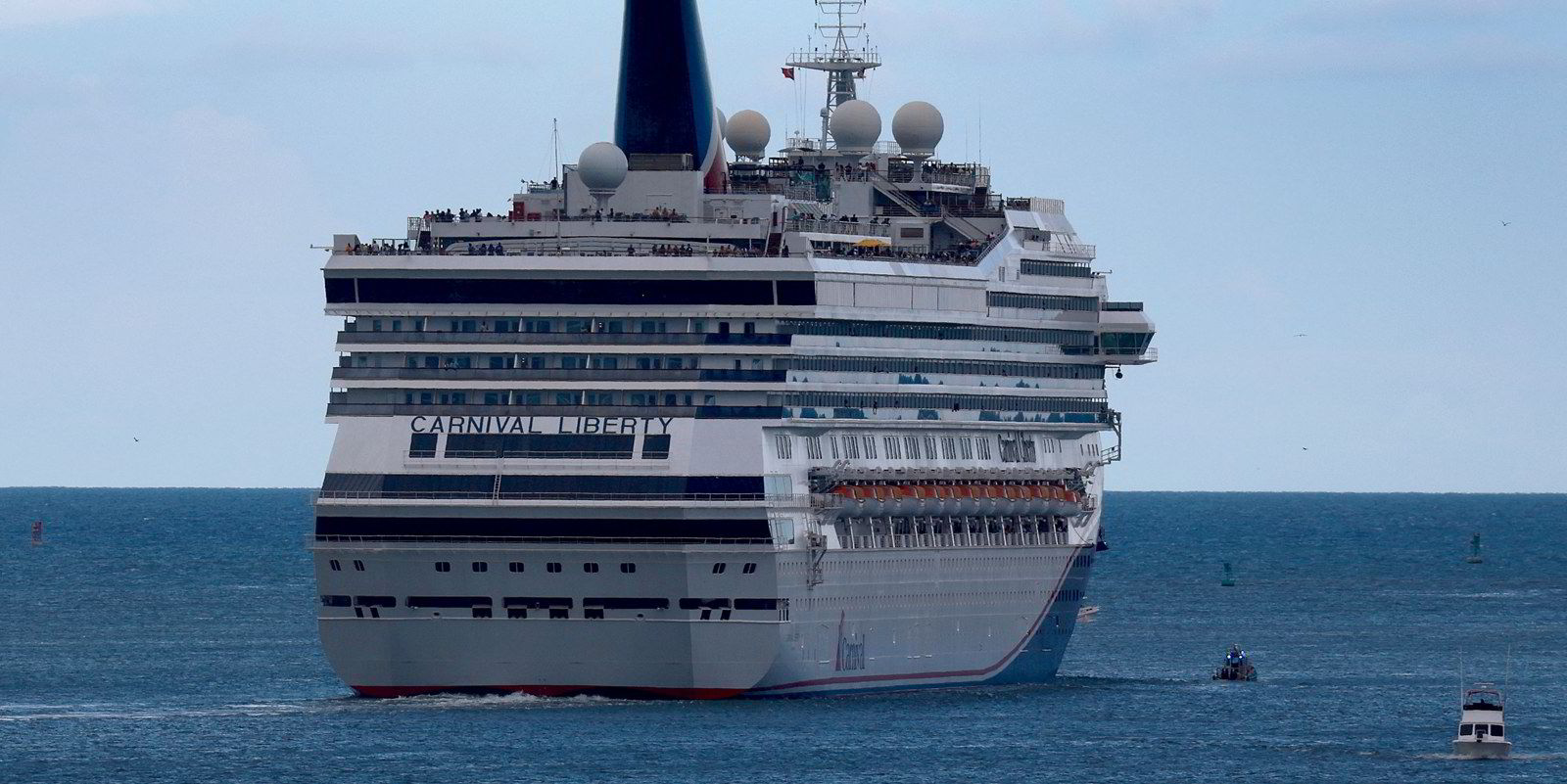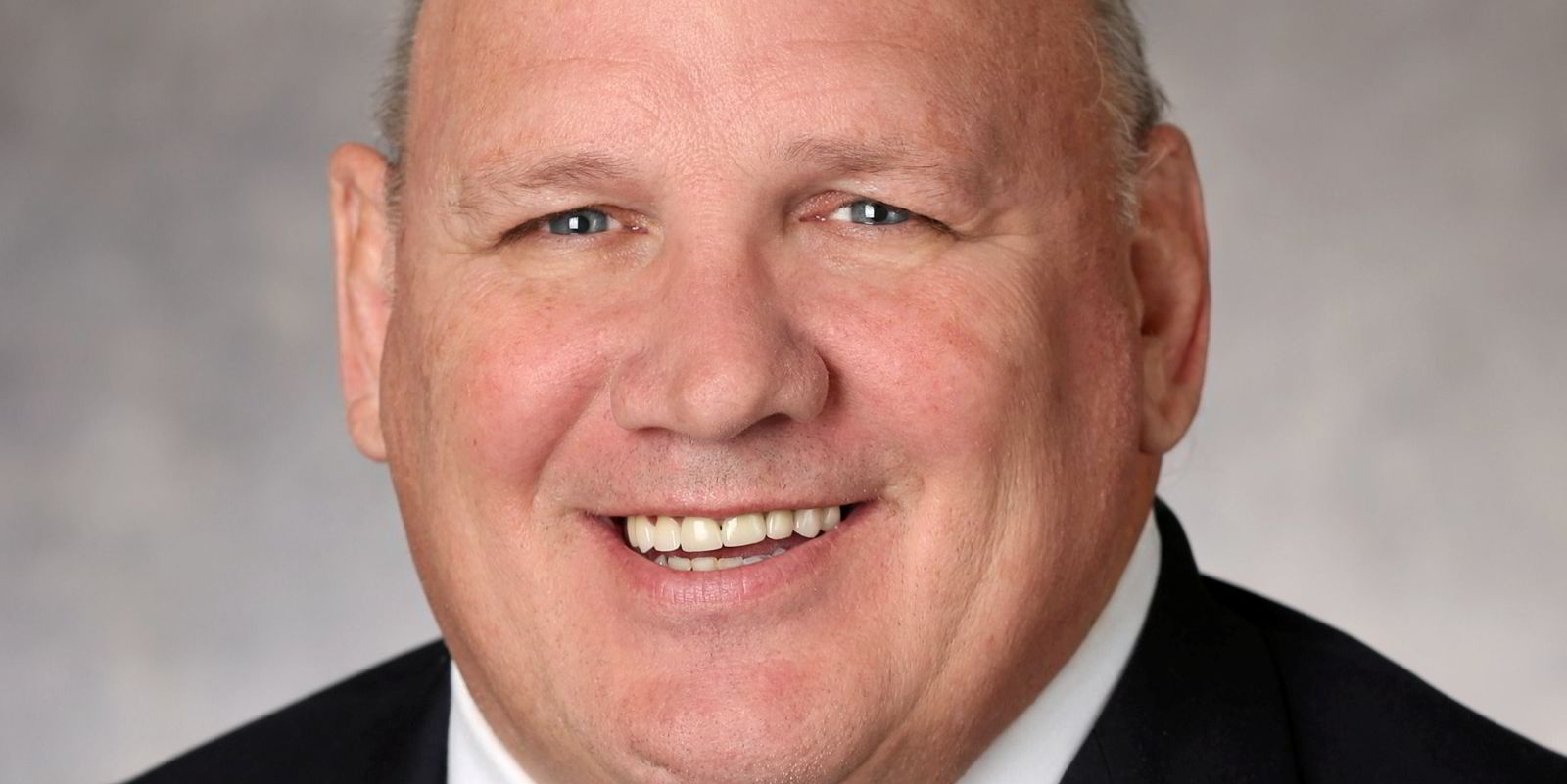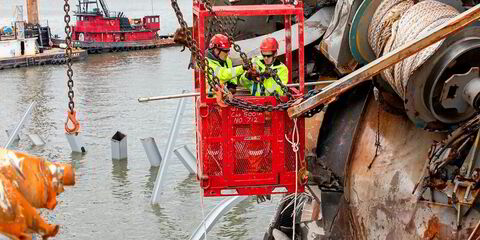Carnival Corp has come closer to achieving a profit as it loosens its Covid-19 protocols, but the New York-listed cruise behemoth still fell well short of analyst consensus.
The owner of 95 ships on Friday posted a $770m net loss for the third quarter, compared to a $2.84bn net loss compared to the same time last year.
Miami-based Carnival’s adjusted results came in at a loss of $688m for the three-month period versus a $1.87bn loss a year earlier.
That translated to a $0.65 adjusted loss per share for the quarter, below analyst consensus of a $0.13 loss per share.
The better bottom line is a result of strong third-quarter bookings that have brought in $4.31bn in revenue against $546m during the same time frame in 2021.
“Since announcing the relaxation of our protocols last month, we have seen a meaningful improvement in booking volumes and are now running considerably ahead of strong 2019 levels,” chief executive Josh Weinstein said in a statement.
“We expect to further capitalise on this momentum with renewed efforts to generate demand. We are focused on delivering significant revenue growth over the long-term, while taking advantage of near-term tactics to quickly capture price and bookings in the interim.”
He said Carnival, which sets its fiscal year from 1 December to 30 November, achieved more than $300m of adjusted Ebitda for the quarter and 90% occupancy on its August sailings.
“With a transformed fleet, an unmatched portfolio of well recognised brands, unparalleled scale in an under-penetrated industry and an incredibly talented global team, we have the ability to drive durable revenue growth through pricing improvements over time,” he said.
At the end of the third quarter, Carnival had $7.4bn of liquidity but $10bn in debt maturing by the end of 2025.
The company’s year-to-date financial results were much better than they were during the same nine-month period in 2021.
Carnival posted a net loss of $4.5bn to the end of the third quarter versus a net loss of $6.88bn for the same period last year.
Revenue was also much higher for the first nine months of its fiscal year, coming in at $8.33bn for the first nine months of fiscal 2022 versus $621m for the same nine months in 2021.(Copyright)





